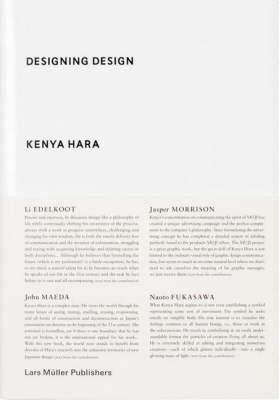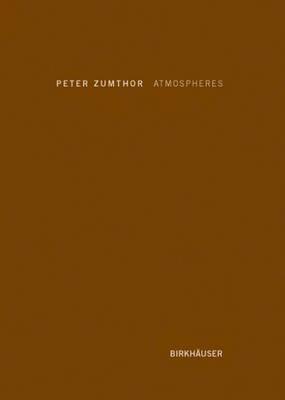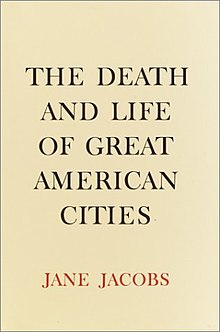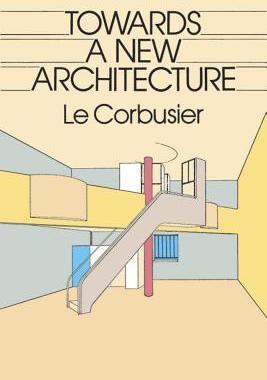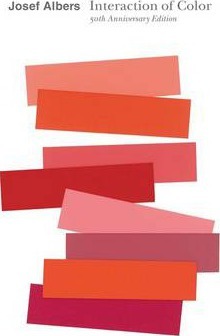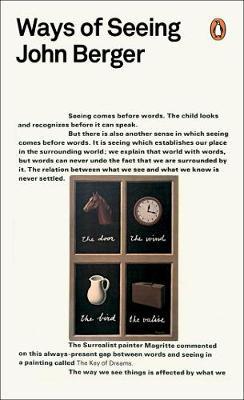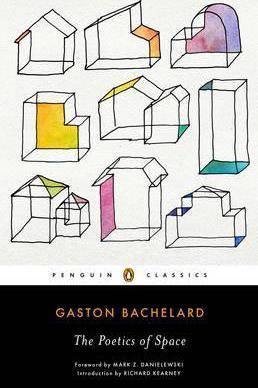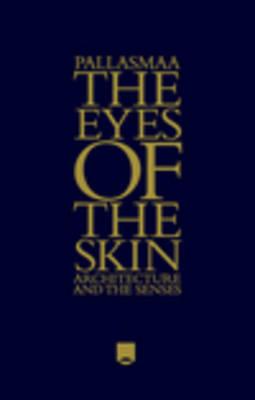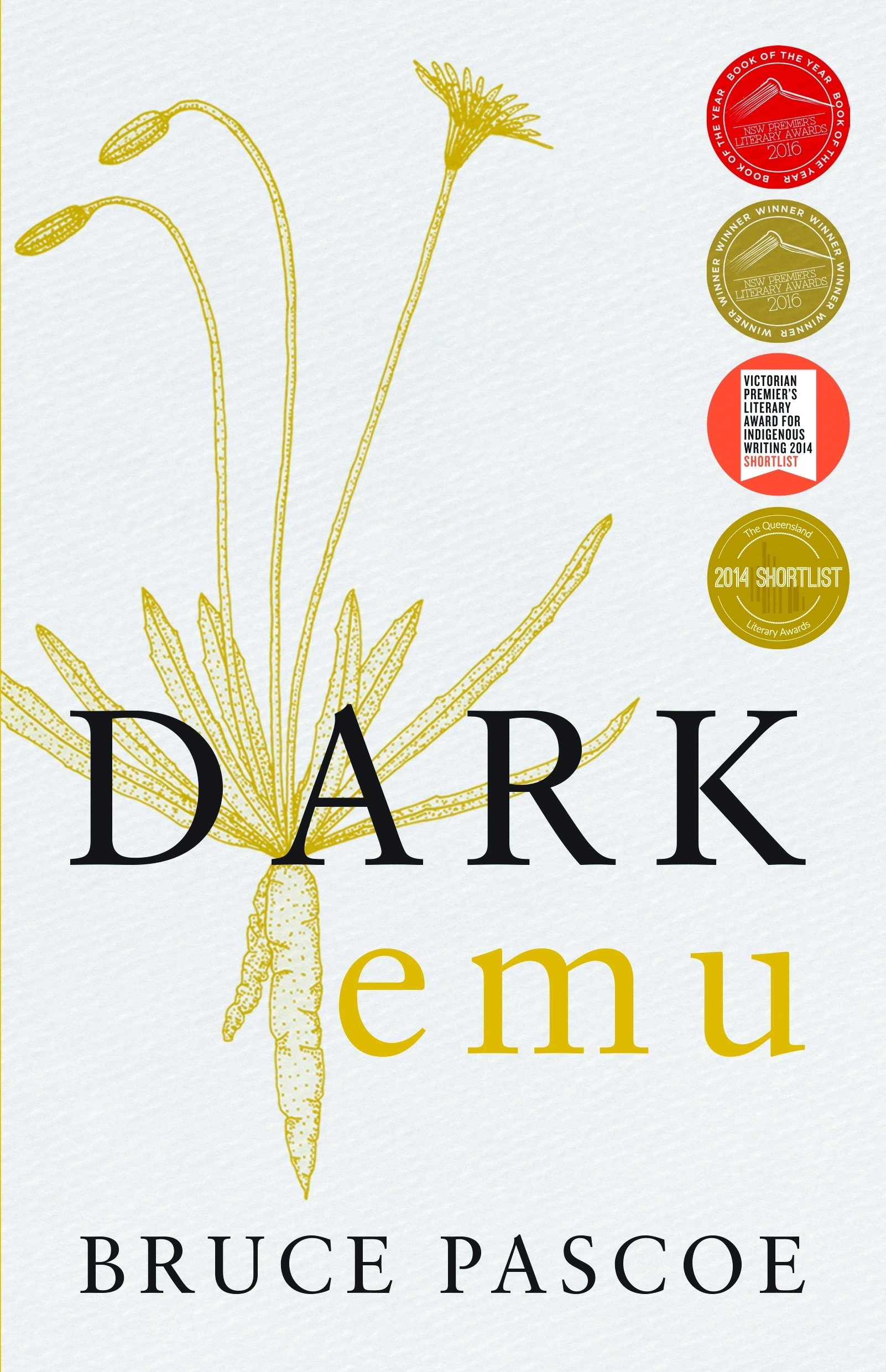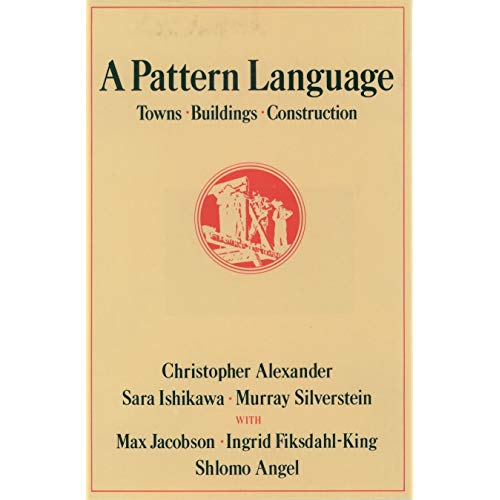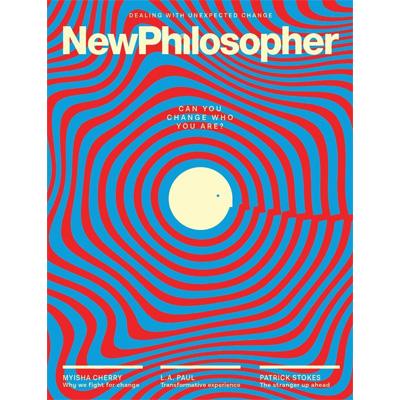Projects

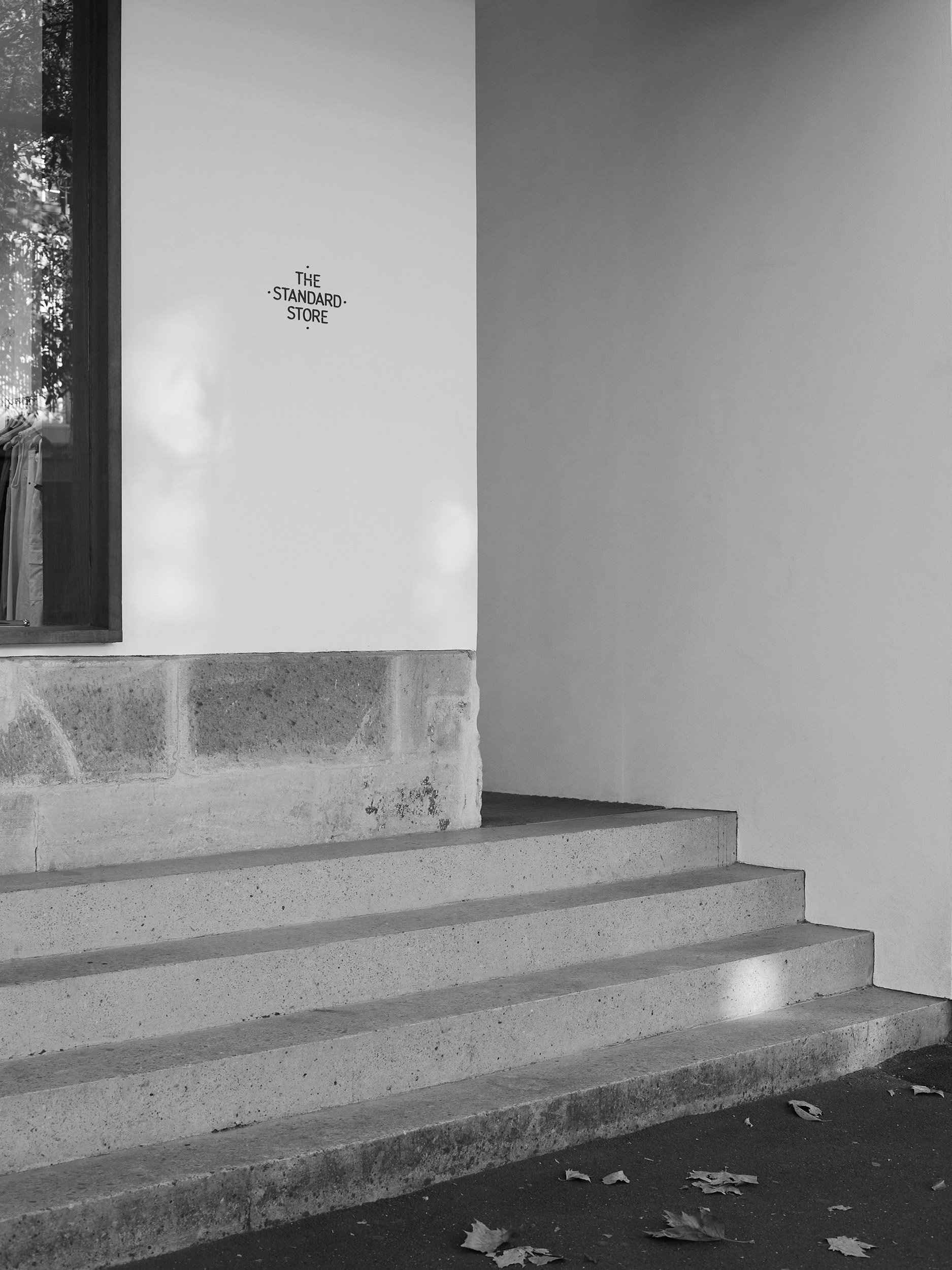






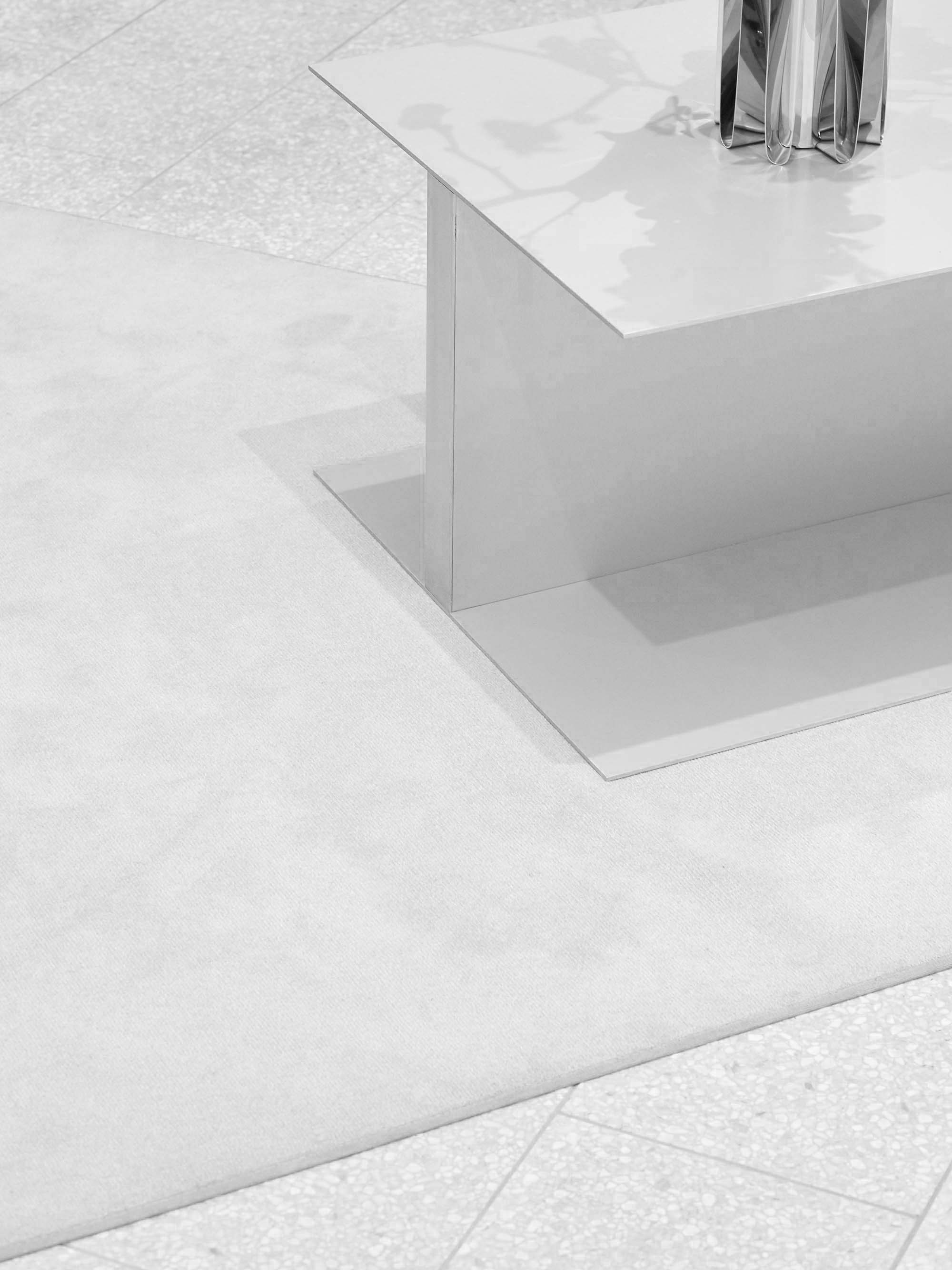
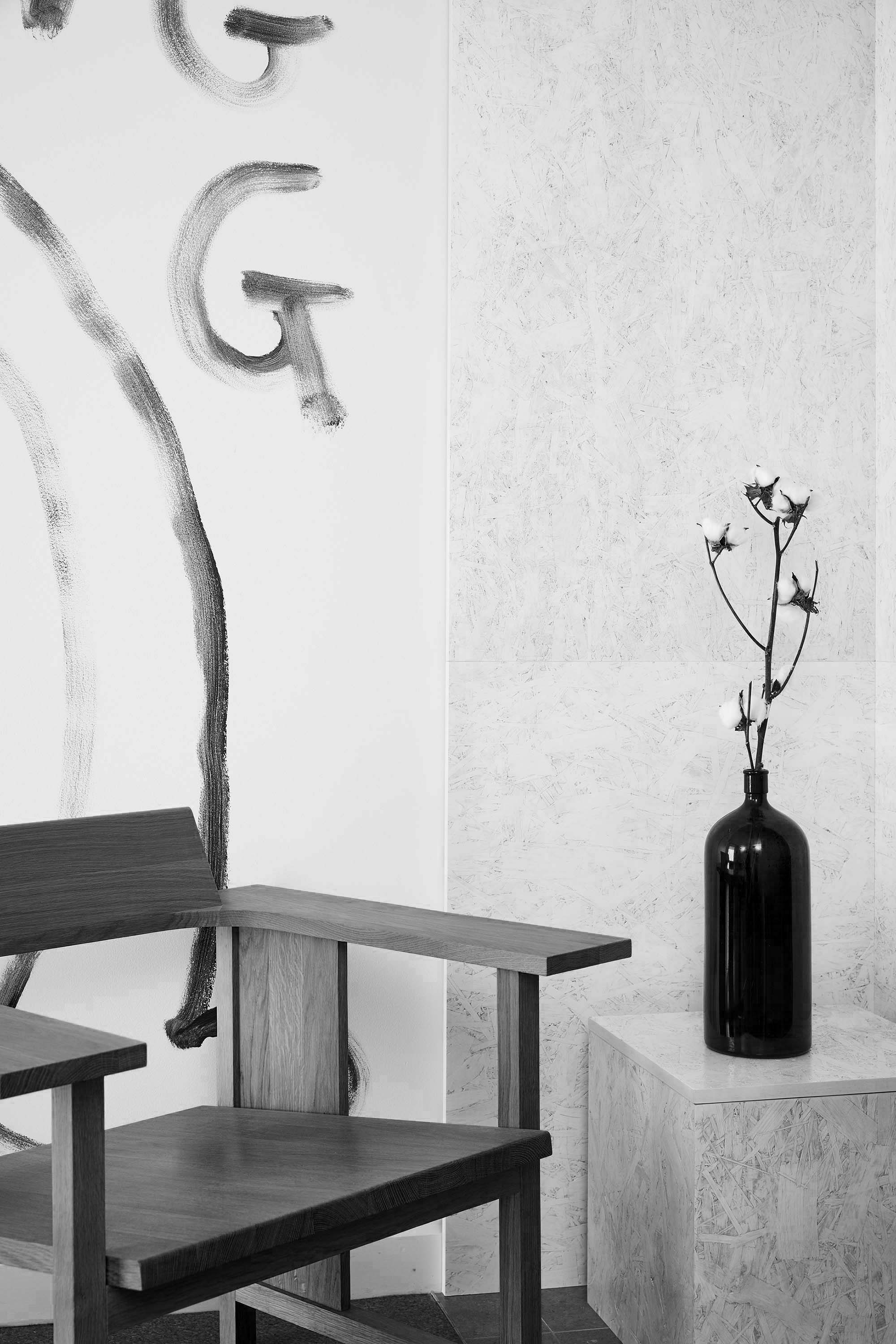




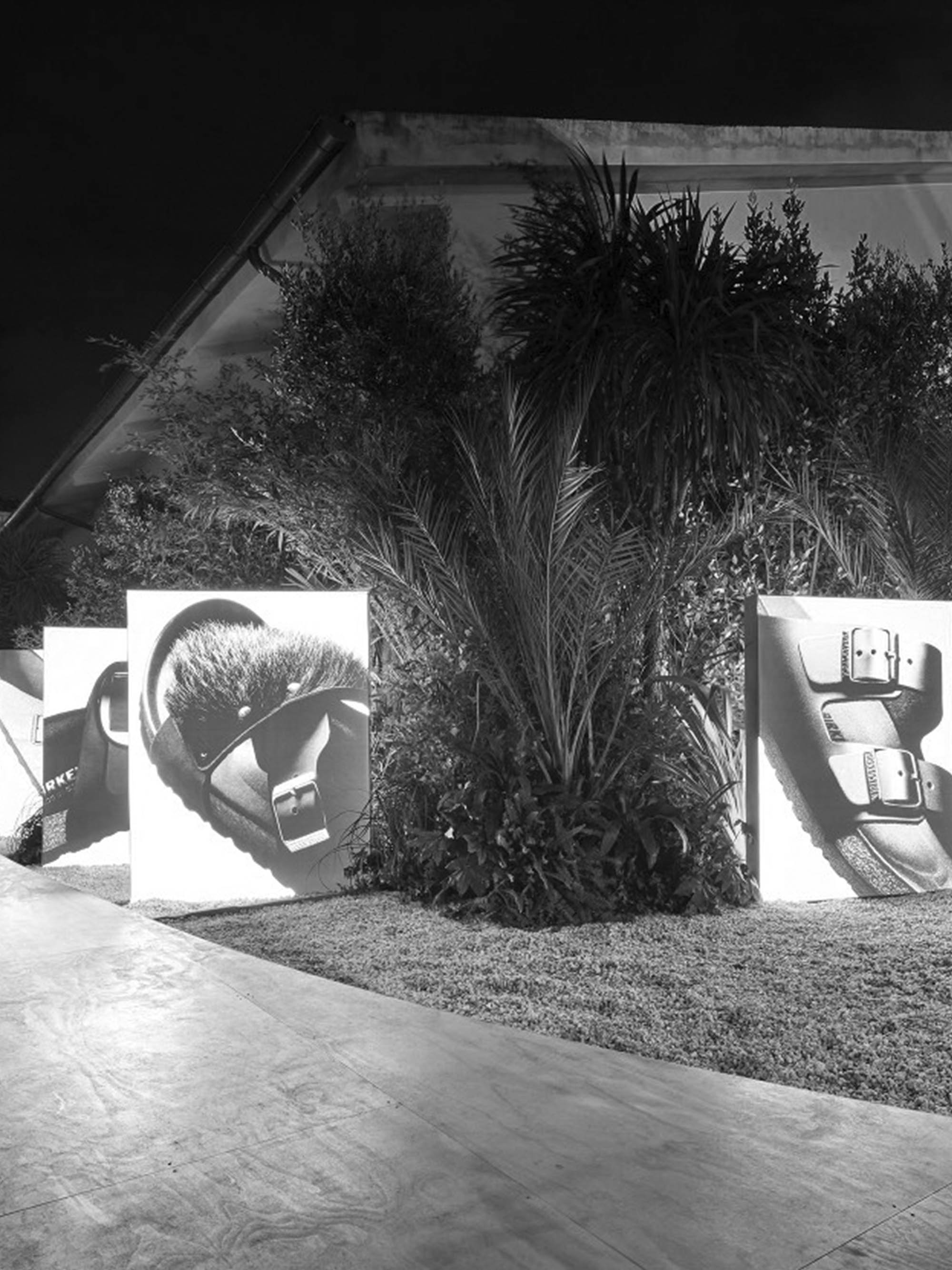

















Pattern’s namesake pays homage to the seminal 1970’s design theory text, A Pattern Language,1 that provides readers with tools to create meaningful built environments and investigates the positive physical and social relationships they engender. Various ‘patterns,’ describe methods for constructing practical, safe, and appealing designs at every scale, all of which are connected to each other.
…In short, no pattern is an isolated entity. Each pattern can exist in the world, only to the extent that is supported by other patterns: the larger patterns in which it is embedded, the patterns…that surround it, and the smaller patterns which are embedded in it… It says that you cannot merely build that thing in isolation, but it must also repair the world around it, and within it, so that the larger world at that one place becomes more coherent.2
Our design solutions are deeply rooted in our understanding of human nature and interaction. We encourage people to explore and engage with their surroundings. Our design philosophy applies the essential layers of significance, adding poetry to all finished designs with surface texture.
1 Christopher Alexander, Sara Ishikawa and Murray Silverstein, A Pattern Language. Oxford University Press, 1977
2 Christopher Alexander, Sara Ishikawa and Murray Silverstein, A Pattern Language. Oxford University Press, 1977. P xiii
